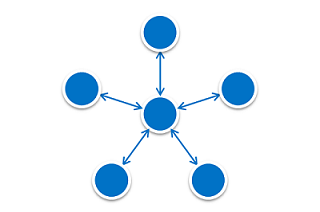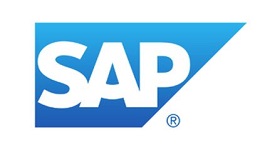The digital path to growth – integration secret sauce by John Broadbent

Today @AuManufacturing’s editorial series – the digital path to growth – focuses on the key to manufacturing integration. John Broadbent explains the ‘hub and spoke’ model.
For many manufacturers, getting started with Industry 4.0 and what’s become known as Digital Transformation, can seem daunting.
Where to start? What to do? How far to reach? How much to transform? What will it cost? What will it save? How long will it take?
These are all valid questions and concerns, so if I can share one thing I’ve learned from decades of helping manufacturers in the medium-to-large manufacturing space, I know for sure is that integration is the ‘Secret Sauce’. But why?
Because without the real-time sharing of information between systems that natively don’t ‘talk’ with each other, we end up with a federated landscape of islands of information, copious amount of paper and spreadsheets, that over time expand in complexity to create a MESS – Many Excel Spread-Sheets!
Back in 2005 I was ‘educated’ by an enterprise solution architect for a very large project, as to why creating point-to-point interfaces was not a scalable solution. By point-to-point, I mean connecting two systems with an interface where both ends are developed to exchange information.
As a landscape expands, so does the complexity, as well as the ongoing maintenance of the many-to-many interfaces. This creates a very difficult environment for upgrading any one of the systems, since any change requires multiple interfaces to be either rewritten, or if upgraded, regression tested.
Instead, I was introduced to a concept named ‘hub-and-spoke’, shown in this diagram:

Imagine the centre of the hub is an integration platform, capable of communicating with the systems at the end of the spokes. In this model, only one interface is required to each system.
If the integration platform supports all the typical ways data can flow between systems, such as OPC-UA for PLCs, ODBC/JDBC for databases, REST calls for APIs etc, then systems at the end of the spokes can be added, upgraded or replaced, without affecting the other systems!
If a system is completely replaced and once the new interface is developed and tested, even though the information might change form, its information can be shared with all the other systems without any need to rewrite or test any of the other interfaces.
I’ve repeatedly used this architecture on numerous ‘smart factory’ projects since that time, with 100 per cent success rate, and the ongoing reliability, scalability, expandability, and extensibility has been legendary.
I have had almost two decades of experience using manufacturing, integration and intelligence (MII) offerings that are the integration platform of choice for pharmaceuticals, F&B, discrete, aerospace, med-tech…in fact anywhere disparate systems need to share their information across a manufacturing landscape.
Their ability to connect to a plethora of manufacturing and business systems, it’s a perfect choice for those organisations wanting to integrate their systems, to share information in real-time, while not having to develop and maintain bespoke interfaces.
For a manufacturing business wanting start its digital transformation journey, this is an ideal place to start.
Hub and spoke integration really is the secret sauce of Industry 4.0.
John Broadbent is an industry 4.0 educator and smart factory specialist who has worked in a range of manufacturing and academic software and solutions roles. He is a director of smart factory strategy consultancy, Realise Potential.
Pictures: John Broadbent
@AuManufacturing’s editorial series – the digital path to growth – is brought to you with the support of SAP enterprise application software.

Subscribe to our free @AuManufacturing newsletter here.
Topics Technology
@aumanufacturing Sections
Analysis and Commentary Awards Defence Manufacturing News Podcast Technology Videos






